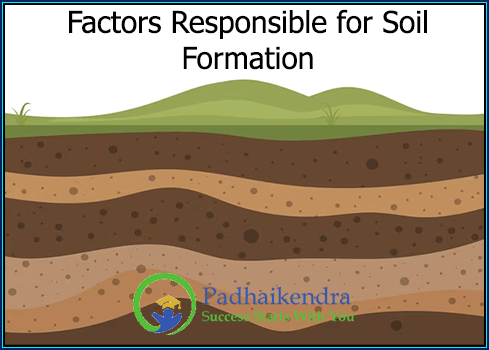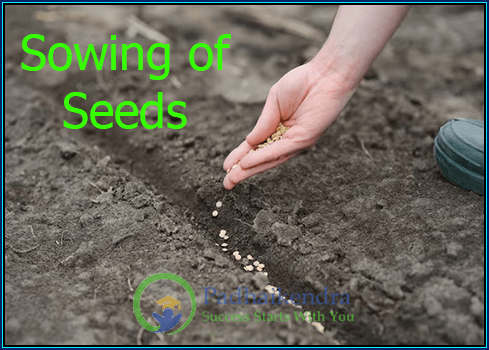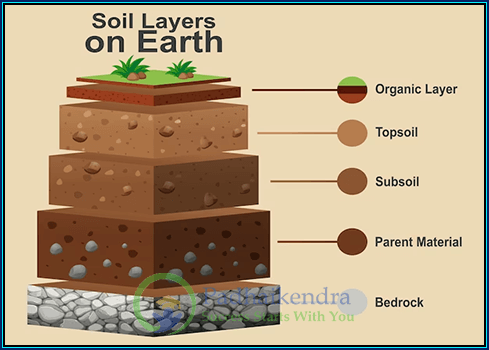There are five main factors responsible for soil formation, known as the five soil-forming factors. These are:
- Parent material: The parent material is the material from which the soil is formed. It can be rock, sediment, or other organic material, and can influence the soil’s physical and chemical properties.
- Climate: Climate, including temperature and precipitation patterns, can affect the rate and type of weathering and erosion that occur, as well as the amount and type of organic matter that accumulates in the soil.
- Topography: The topography, or slope and elevation of the land, can influence the movement of water and soil, and can affect the amount and type of vegetation that grows in an area.
- Organisms: Living organisms, including plants, animals, and microorganisms, can contribute to soil formation through processes such as nutrient cycling and organic matter decomposition.
- Time: Soil formation is a gradual process that can take hundreds or thousands of years. Over time, the interaction of the other soil-forming factors can result in the development of distinct soil horizons, or layers, with unique physical and chemical properties.
The interplay of these five factors can result in a wide range of soil types and properties, from fertile agricultural soils to nutrient-poor desert soils. Understanding the factors responsible for soil formation can help soil scientists and land managers better manage and conserve this important resource.





